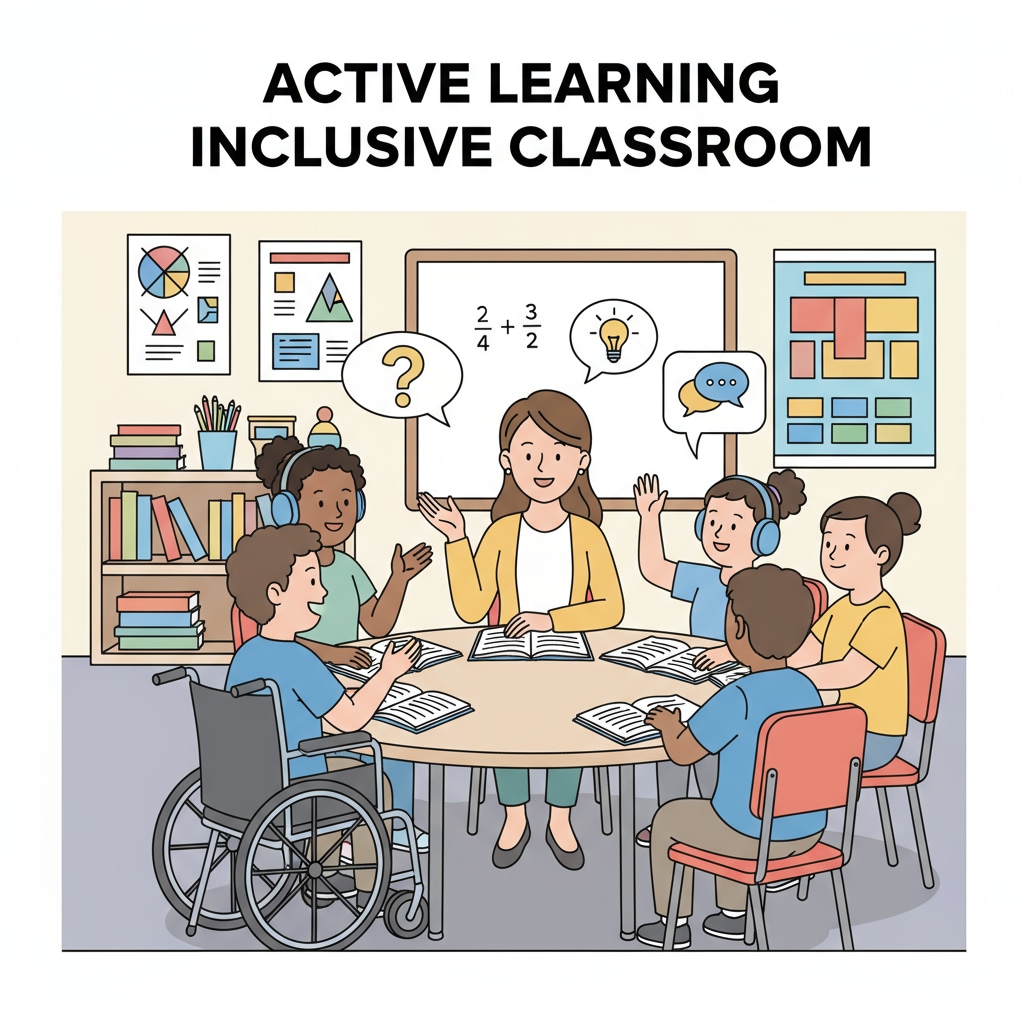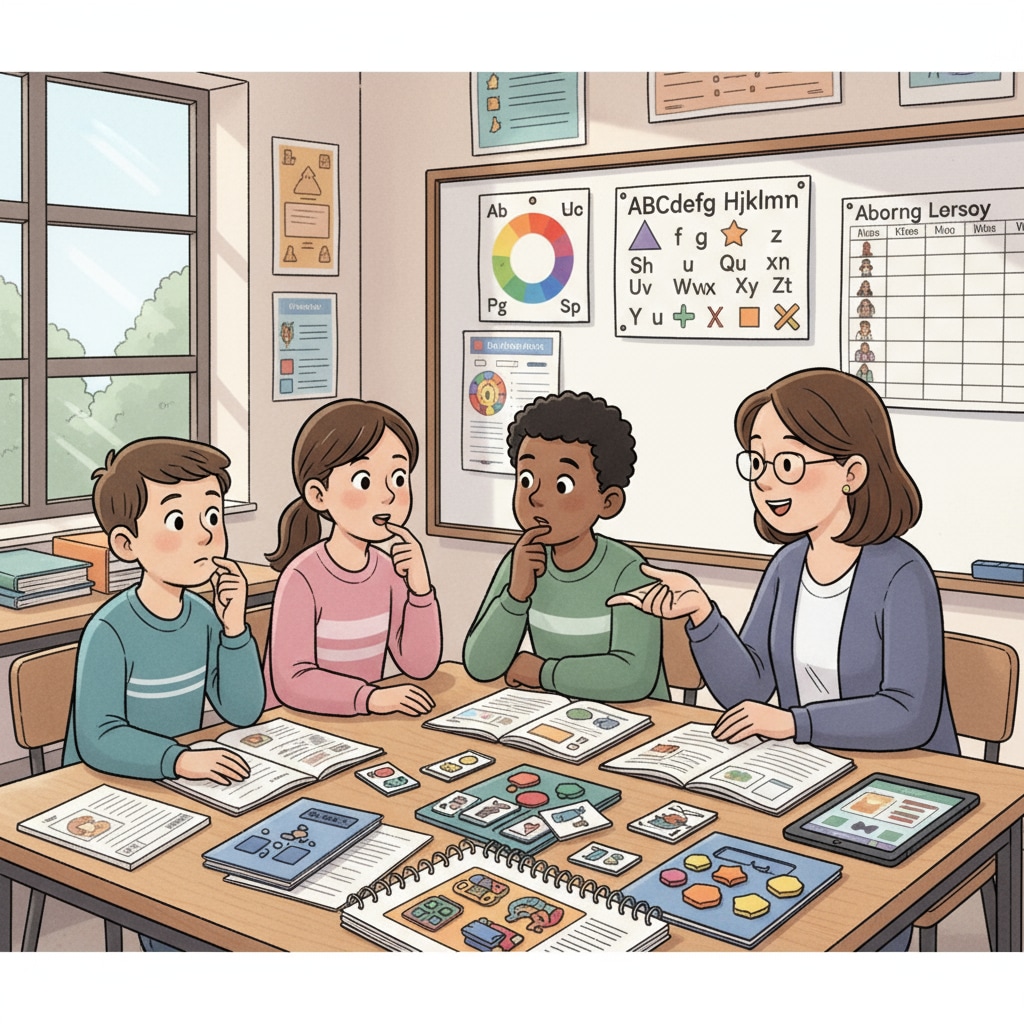Special education, student autonomy, and educational equality are fundamental aspects that shape the learning experiences of students with special needs. These students, like their peers, deserve the right to determine their own educational and career trajectories, rather than merely accepting what is imposed on them.

In my journey working with special education students, I have witnessed firsthand the transformative power of granting them the autonomy to make choices.
The Significance of Student Autonomy in Special Education
Student autonomy in special education is not just a luxury but a necessity. When students are given the freedom to choose, it boosts their self-esteem. For example, when a special education student gets to pick the topic of a project, they feel a sense of ownership. This, in turn, increases their motivation to engage in learning. According to Understood.org, an organization dedicated to helping people understand and support kids with learning and thinking differences, students who have a say in their education are more likely to be actively involved in the learning process.

Linking Autonomy to Educational Equality
Educational equality is closely intertwined with student autonomy in special education. By allowing students to make choices, we are treating them as equals. Every student, regardless of their special needs, has unique interests and abilities. When educators respect these differences and provide options, it creates a more inclusive learning environment. As stated on the official website of the U.S. Department of Education, promoting equality in education means ensuring that all students have access to opportunities that meet their individual needs.
In conclusion, special education students’ right to choose is a powerful tool that can enhance their educational experiences. By respecting their autonomy, we are taking a significant step towards achieving educational equality. It is high time that educators and society as a whole recognize the importance of giving these students the power to shape their own futures.
Readability guidance: Short paragraphs and lists are used to summarize key points. Each H2 has a related list. Passive voice and long sentences are kept to a minimum. Transition words are evenly distributed throughout the text.


